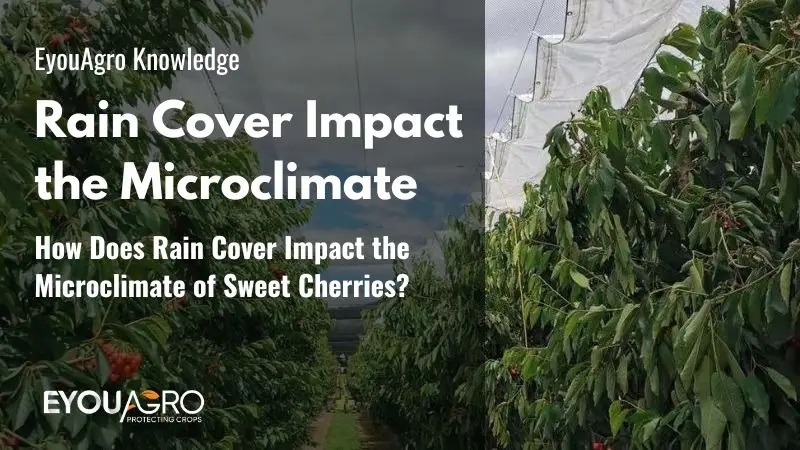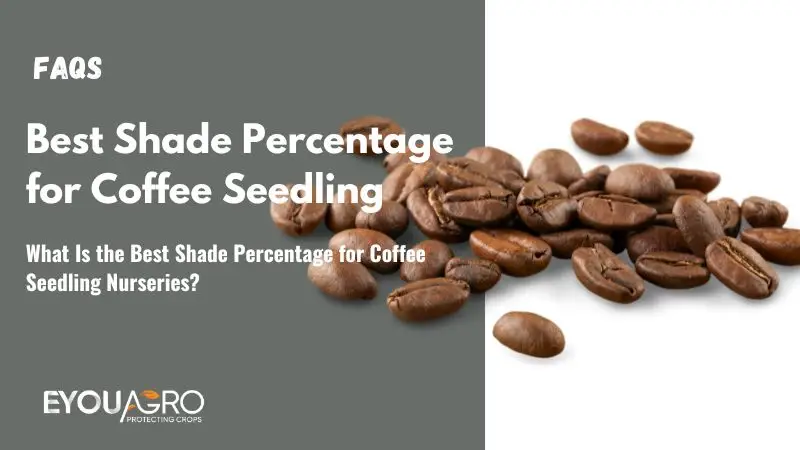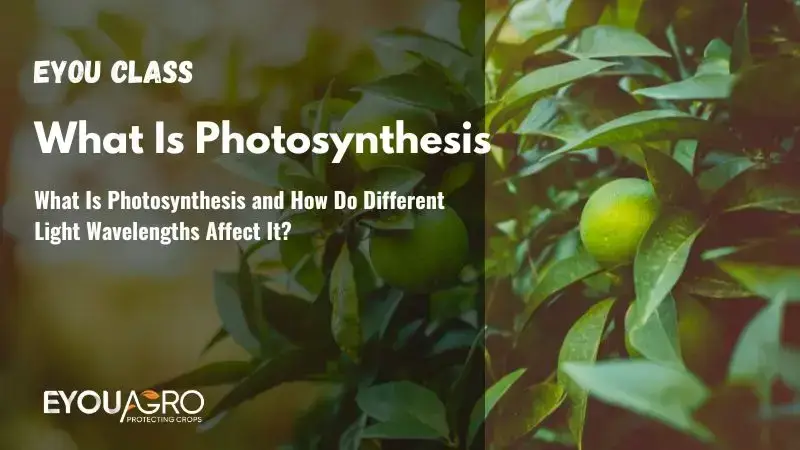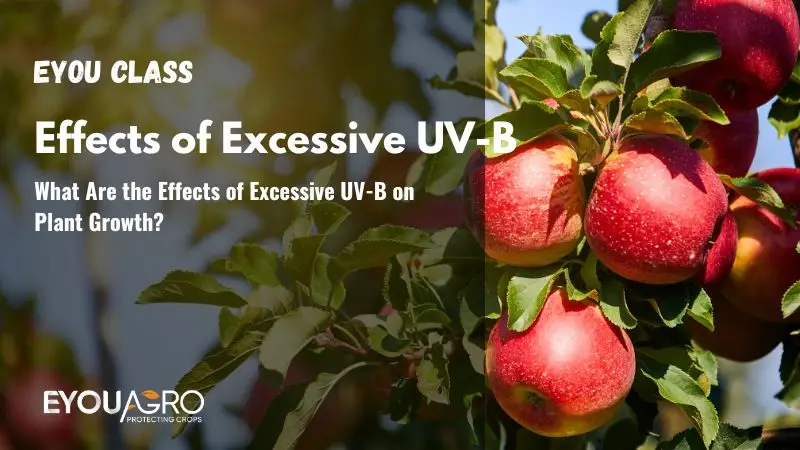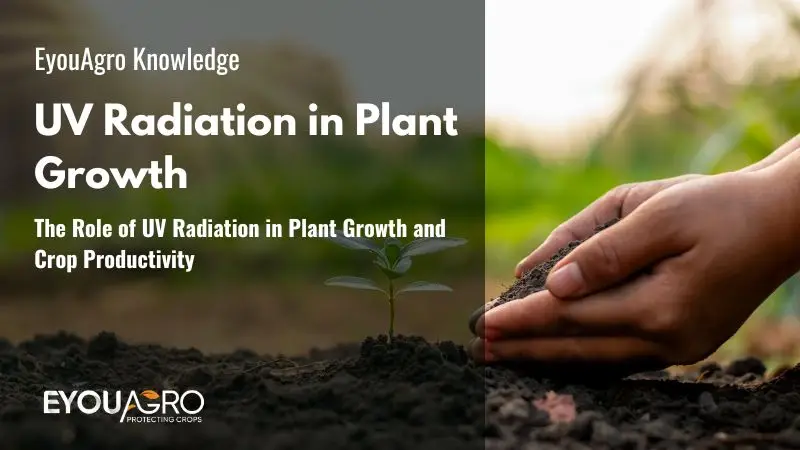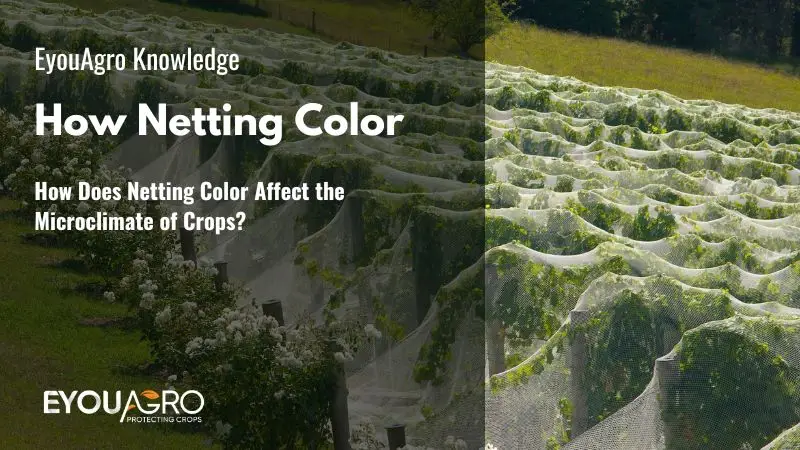Rain covers are widely used in sweet cherry cultivation to reduce cracking and enhance yield.
However, they also significantly influence the orchard’s microclimate, which can affect fruit quality, including firmness and other key attributes.
Understanding these impacts is crucial for growers aiming to optimize their cultivation practices.
What Are the Microclimate Effects of Rain Covers?
Rain covers affect the orchard’s microclimate by reducing solar radiation, increasing air temperature, and altering relative humidity.
This helps protect cherries from excessive heat and UV rays, reducing cracking, but can also impact cherry photosynthesis and result in lighter fruit color.
Additionally, the covers increase humidity, which can raise the risk of fungal diseases.
Managing these changes is essential for optimal cherry growth.
Reduction in Solar Radiation
Rain covers significantly reduce the solar radiation reaching the cherry trees. Studies have shown that midday reductions in total solar radiation, photosynthetically active radiation (PAR), and UV-B radiation average 50%, 58%, and 66%, respectively.
This shading effect can help protect fruits but may also slow certain physiological processes.
Changes in Air Temperature
Rain covers increase air temperature near the canopy. This warming effect is most pronounced during sunny days, creating a slightly warmer microclimate under the cover, which can accelerate fruit development.
Altered Relative Humidity
While temperature rises, the relative humidity tends to decrease under rain covers, especially close to the covering material.
Lower humidity levels can reduce fungal disease risks but may impact hydration levels of fruits and leaves.
Why Is This Important?
These microclimate changes have a direct impact on sweet cherry quality and yield. While reduced solar radiation may protect cherries from excessive heat and cracking, it can also influence fruit firmness.
Changes in temperature and humidity might require adjustments in orchard management to maintain optimal growing conditions.
Solution: Using Advanced Rain Cover Materials
To address this challenge, our team conducted in-depth research on materials and developed the Anti-dripping Cherry Cover Film.
This innovative material features 90% sunlight transmittance, effectively resolving the sunlight exposure issues in cherry cultivation.
Additionally, it offers excellent anti-drip properties, ensuring better protection for cherry quality.
Additionally, anti-drip features reduce water droplets, further protecting fruit quality.
Conclusion
Rain covers play a critical role in reducing cherry cracking and improving yields, but they also significantly impact the orchard microclimate.
By understanding these changes, growers can make informed decisions about rain cover materials and management practices.
Using advanced solutions like Anti-dripping Cherry Cover Film ensures optimal results for sweet cherry cultivation.
Enhance Your Cherry Orchard with Advanced Rain Cover Solutions!
Rain covers are essential for protecting cherries from cracking and improving yields, but understanding their microclimate effects is key to optimizing fruit quality.
At EyouAgro, we offer Anti-dripping Cherry Cover Films with 90% sunlight transmittance and advanced anti-drip features, ensuring optimal protection and growth conditions for your cherries.
Ready to improve your cherry cultivation?
Contact us today for expert advice and discover how our innovative rain covers can transform your orchard’s productivity.

Reference
Simón Pino,Miguel Palma,Álvaro Sepúlveda,ect, Effect of Rain Cover on Tree Physiology and Fruit Condition and Quality of ‘Rainier’, ‘Bing’ and ‘Sweetheart’ Sweet Cherry Trees

